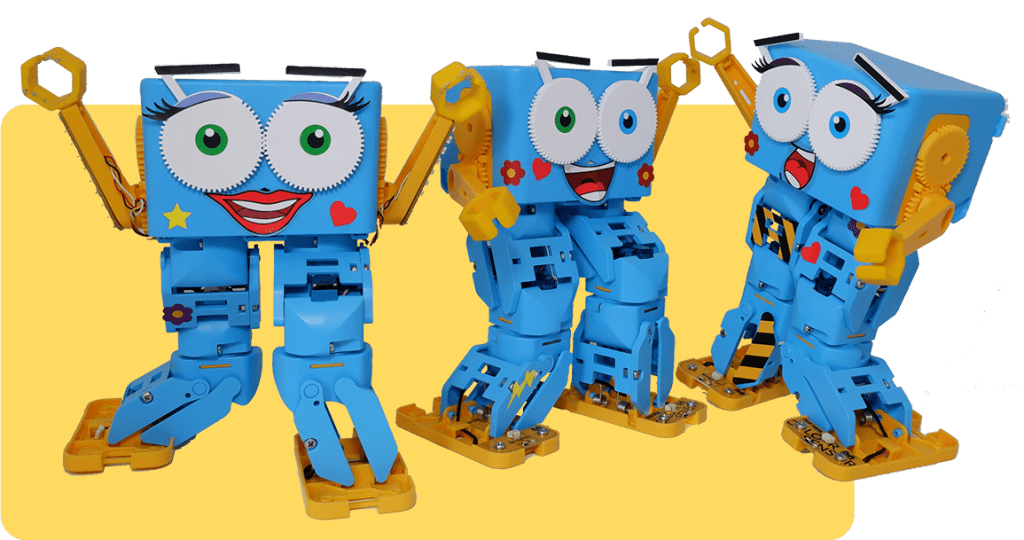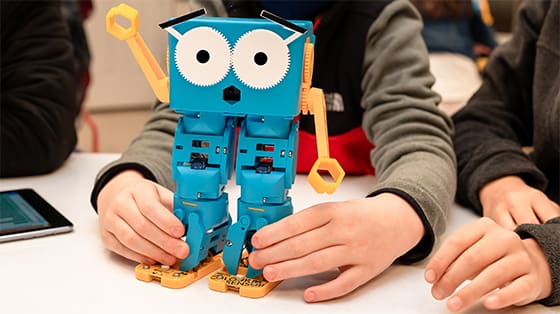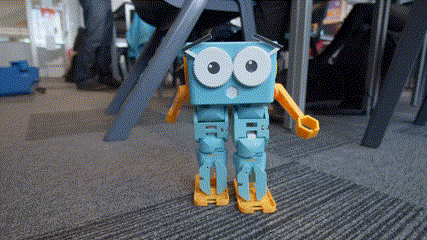
New research undertaken by The Education Recovery Scorecard has shown that almost four years after the Covid-19 pandemic, student test scores are on a path to recovery.
The pandemic wreaked havoc on K-12 academics, and educators across the world have been forced to use innovative methods to encourage and engage students and bolster academic recovery.
Employing cutting-edge educational technology such as classroom robots not only equips students with crucial skills for the future such as computational thinking and digital literacy, it can also be a fun and hands-on way to bridge the achievement gap.
What is the achievement gap?
The achievement gap refers to the disparity in academic performance between different groups of students, and can often be based on factors like race, socioeconomic status, gender, or disability. It usually manifests in different educational outcomes like differences in standardized test scores, graduation rates, access to educational resources, and overall academic success. Closing this gap remains a major objective in education, with the ultimate goal being all students having equitable opportunities and support to succeed academically.

The Power of Robotics in Bridging the Achievement Gap
Educational robotics involves using robots as tools for teaching and learning. These robots come in various forms, from simple, programmable robots to more advanced humanoid robots like Marty. They offer numerous advantages that make them effective in addressing academic recovery.
1. Engagement and Motivation:
One of the primary advantages of robotics in education is its inherent ability to engage and motivate students. The interactive and hands-on nature of robotics captures students’ attention, encouraging active participation and making learning enjoyable. For students who may struggle with traditional classroom settings, this engagement can be transformative.
2. Personalized Learning:
Educational robots can adapt to individual learning needs. They can provide tailored activities and challenges, allowing students to progress at their own pace. This adaptability is crucial in addressing the diverse needs of students, particularly those who require additional support or challenges.

3. Inclusivity and Accessibility:
Robotics promotes inclusivity by accommodating diverse learning styles and abilities. Students with disabilities, for example, can participate in robotics activities alongside their peers, fostering a sense of belonging and equality.
4. Critical Thinking and Problem Solving:
Robotics activities require students to think critically and solve problems, skills that are vital for academic success and future career readiness. These activities challenge students to analyze, plan, and execute solutions, which can have a positive impact on their overall academic performance.
5. Interdisciplinary Learning:
Robotics naturally integrates various academic subjects, from science and mathematics to language arts and even art and design. This interdisciplinary approach broadens students’ horizons and exposes them to a wide range of knowledge, fostering a holistic approach to learning.
We offer free, two-week trials with Marty the Robot. We’ll even cover shipping & collection costs and provide virtual training for teachers. Click here to arrange your trial.



Other posts you may like
Why Probeware Matters in Science Education
In today’s classrooms, hands-on learning is essential. Students learn best when they can see, measure, test, and experience concepts directly. That’s where probeware comes in. By giving learners the tools...
Raspberry Pi and Marty the Robot
Marty doesn’t require a Raspberry Pi to be programmable in unplugged mode, Blocks Jr, Blocks, or python, but it is super-easy to add a Raspberry Pi computer to Marty the…
The Importance of Physical Computing: Why Hands On Coding Matters
What is physical computing? Physical computing is the use of code to control and interact with devices in the real world. Instead of running programs only on a screen, students...
TRY MARTY
FOR FREE
Are you looking for new STEM resources for your classroom? Robotical are loaning Marty the Robot to schools for no-obligation, 2 week trials.